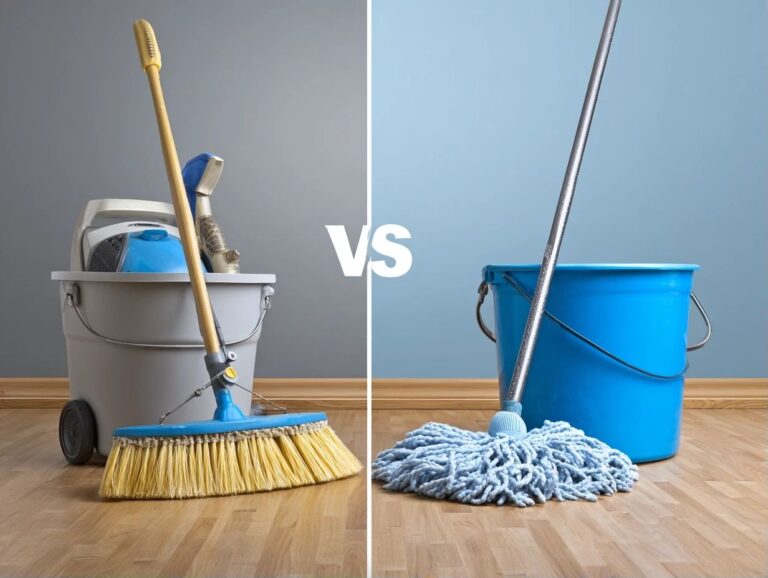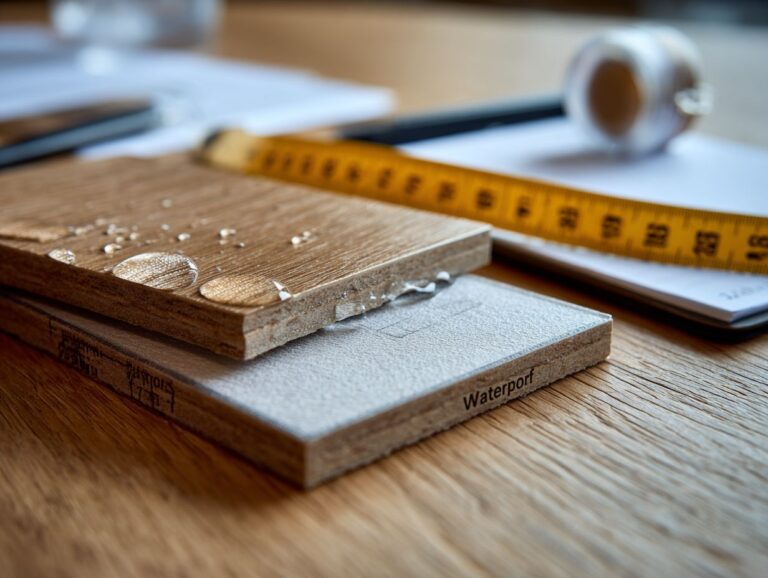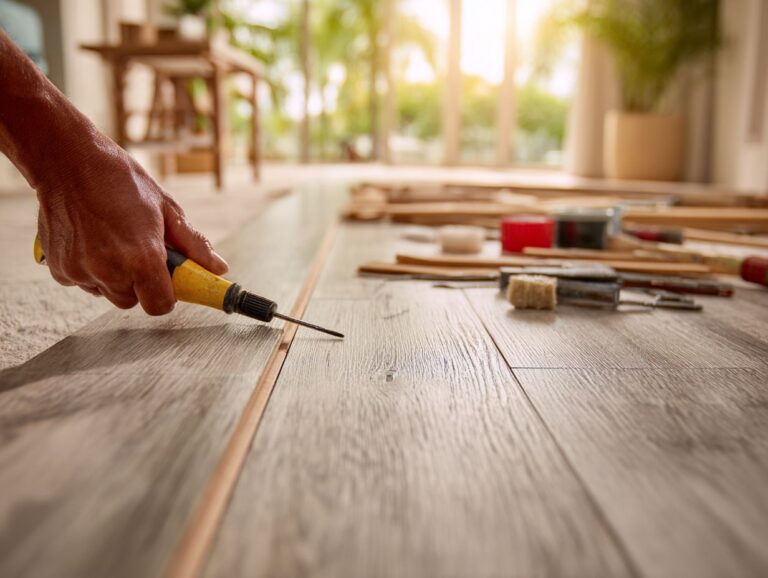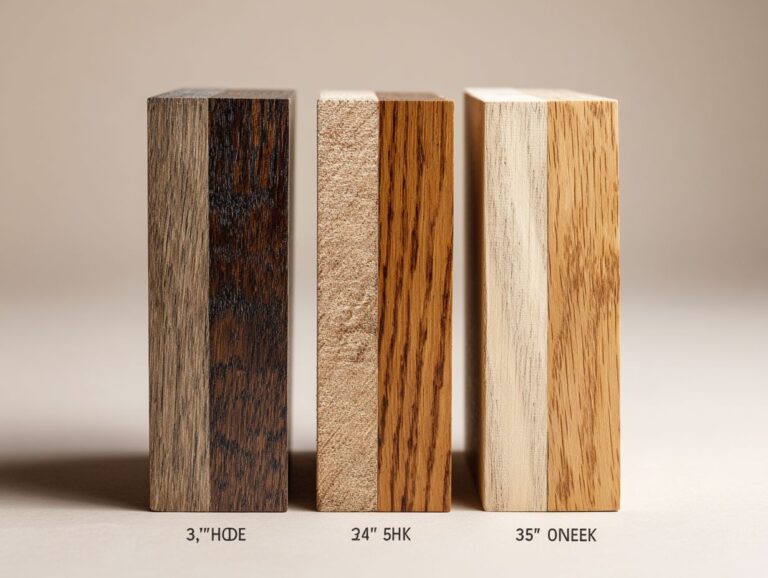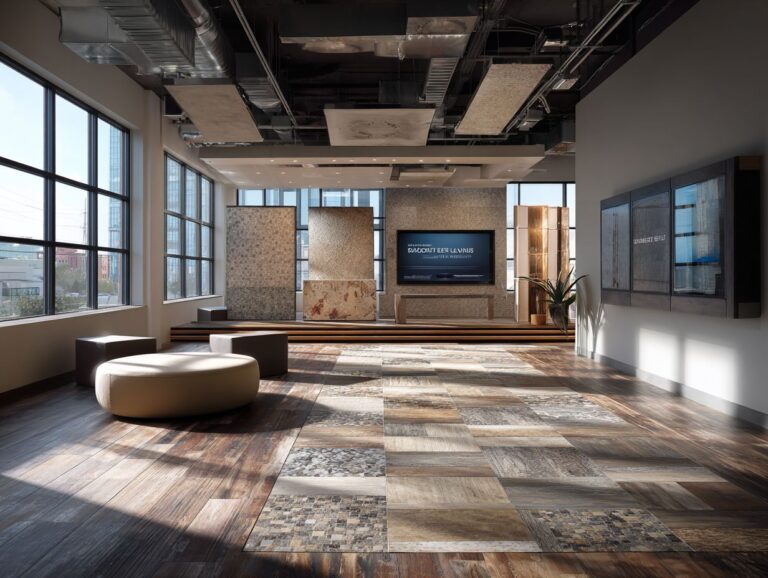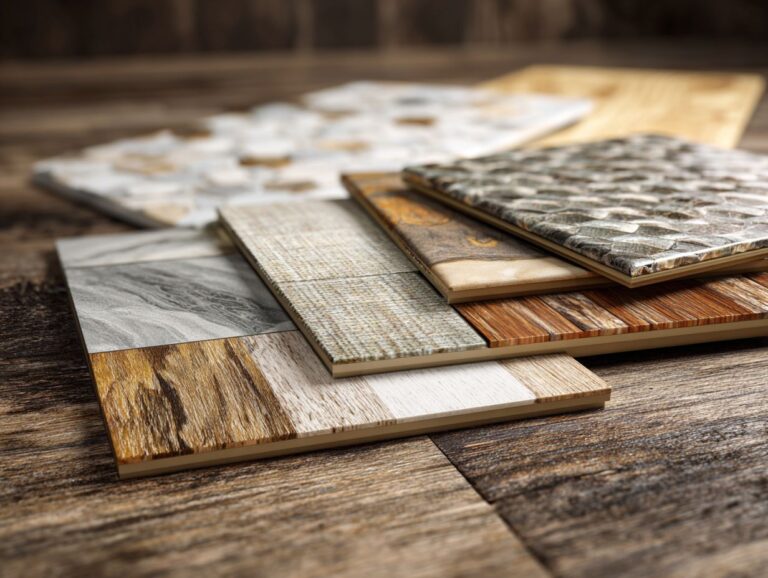Flooring for Additions and Extensions – Matching Guide
Contents
- Introduction to Flooring for Additions and Extensions
- Global Flooring Market Data and Forecast (2024-2034)
- Types of Flooring Materials
- Factors to Consider When Matching Floors
- Measuring and Assessing Existing Floors
- Choosing the Right Flooring for Your Addition
- Installation Considerations
- Frequently Asked Questions
- What are some important factors to consider when choosing flooring for additions and extensions?
- Can I use the same flooring in my new addition as the rest of my house?
- How do I choose a new flooring that will match my existing flooring?
- What types of flooring are best for high foot traffic areas in additions and extensions?
- Can I mix and match different types of flooring in my additions and extensions?
- Do I need to consider any special installation requirements for flooring in additions and extensions?
Introduction to Flooring for Additions and Extensions
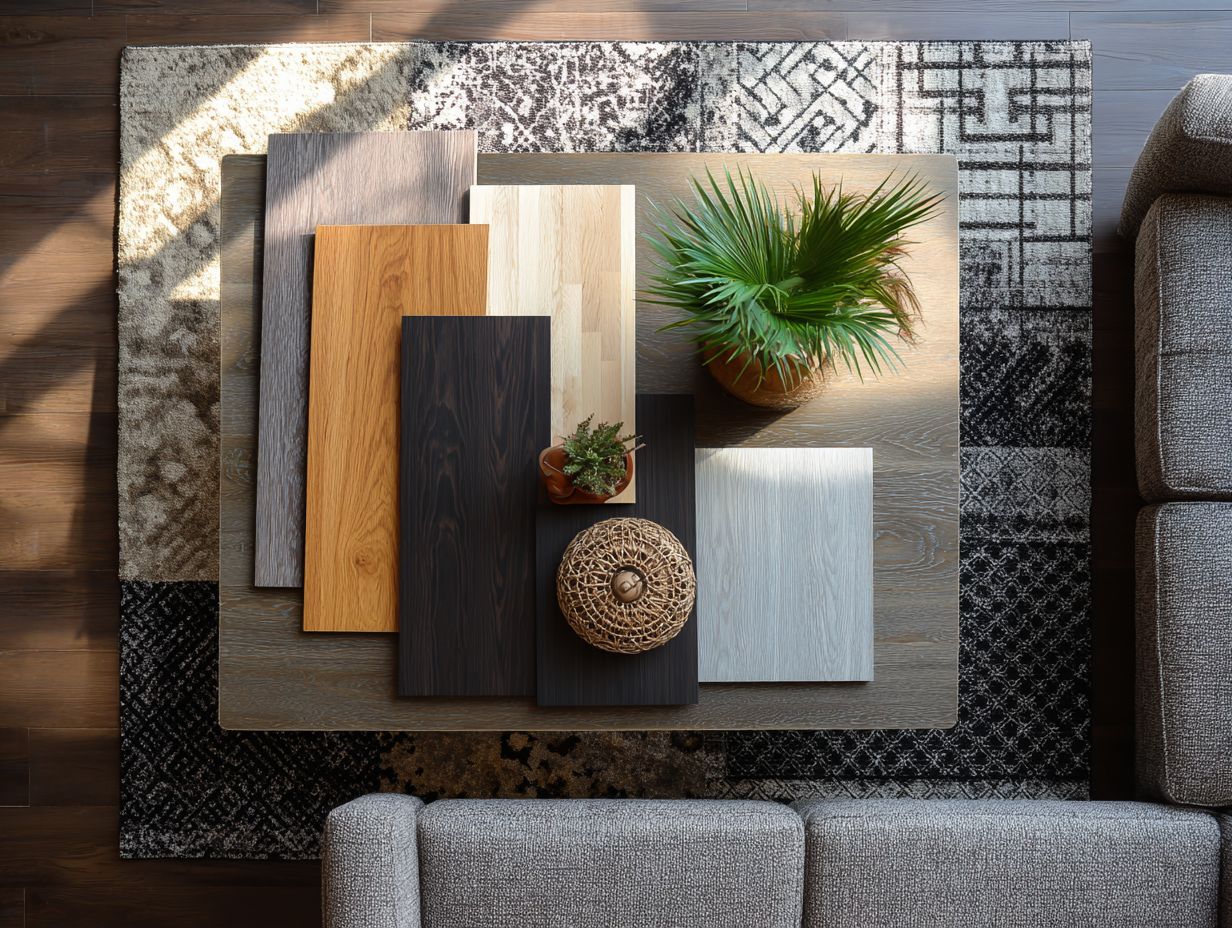
Key Takeaways:
Importance of Matching Existing Floors
Matching your existing floors creates a uniform look and can increase your home’s value by maintaining a consistent design.
Think about how different types of flooring can interrupt the look of a room. For instance, transitioning from hardwood in the living room to tiled floors in the kitchen can create an abrupt change that feels disjointed. Instead, using either the same hardwood or a matching tile throughout can improve the overall consistency.
If you’re changing your floors, consider luxury vinyl planks. They resemble wood and are durable and waterproof, making them good for use in kitchens or bathrooms.
This consistency unifies your home’s design and attracts potential buyers.
Overview of Flooring Options
Homeowners can choose from various flooring options, each offering unique benefits in terms of style, durability, and maintenance.
Hardwood is ideal for living areas due to its elegance and longevity, while laminate offers a budget-friendly alternative that mimics wood’s appearance without sacrificing durability-perfect for high-traffic zones.
Vinyl, known for its water resistance, is great for kitchens and bathrooms, whereas tile’s versatility and easy maintenance make it suitable for both indoor and outdoor spaces.
Carpet is best suited for bedrooms and cozy family rooms, providing warmth and sound absorption. Assess your space and lifestyle to select the most appropriate option.
Global Flooring Market Data and Forecast (2024-2034)
Global Flooring Market Data and Forecast (2024-2034)
Market Size and Growth: Market Size
Asia Pacific Market Forecast: Market Size
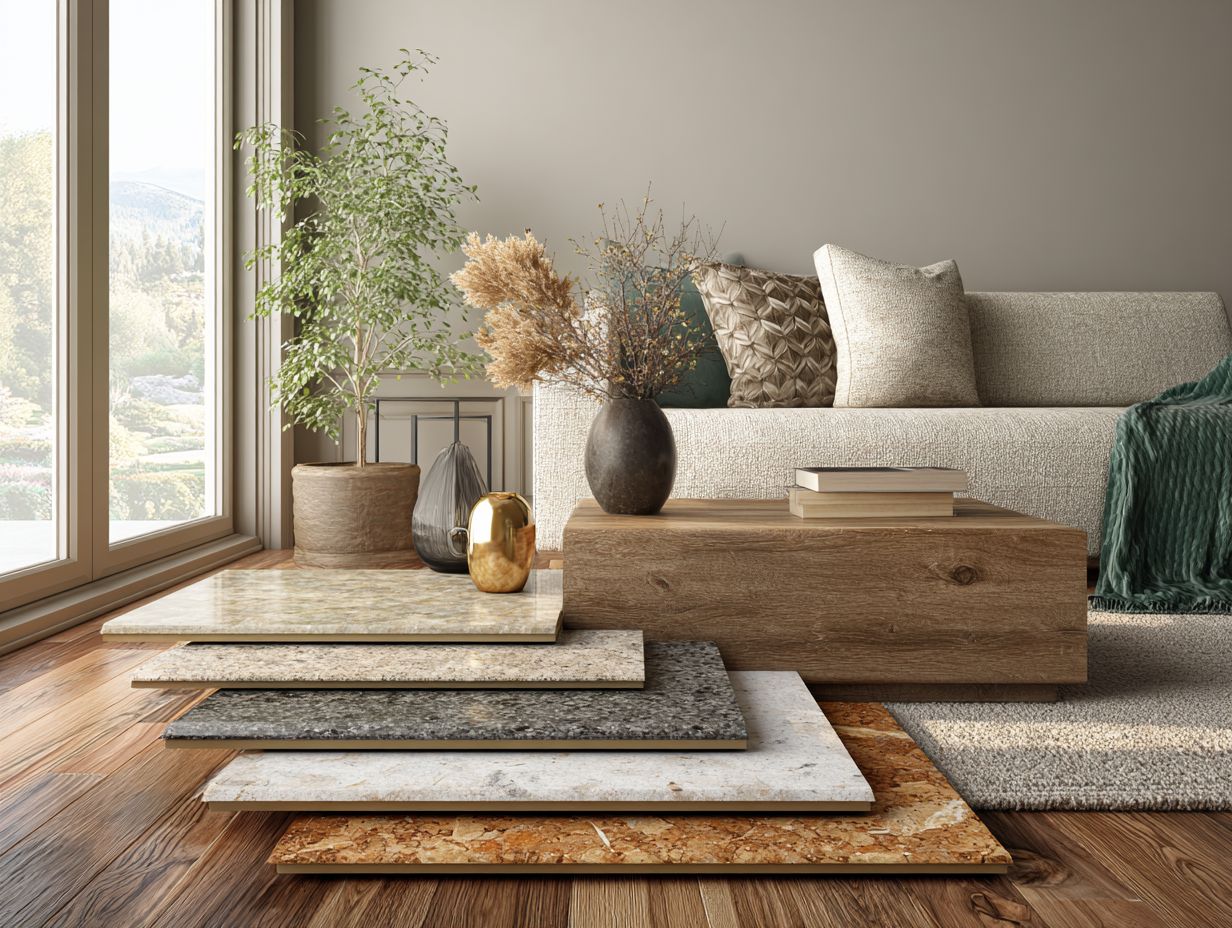
The Global Flooring Market Data and Forecast (2024-2034) gives a detailed look at the market’s expected increase, income from different regions and products, and how it is divided by use. The flooring market is set to expand greatly, with the global market size predicted to rise from $349.66 billion in 2024 to $652.38 billion by 2034. This growth shows a steady yearly increase, influenced by things like more people moving to cities, new technology, and more interest in attractive and practical flooring options.
Regional Revenue Share (2024) reveals that the Asia Pacific region dominates the market, accounting for 46% of the global revenue. This leadership can be attributed to rapid industrialization, urbanization, and the burgeoning construction industry, especially in countries like China and India. Following Asia Pacific, North America holds an 18% share, influenced by renovation activities and technological advancements in flooring products. Europe, Middle East & Africa, and Latin America contribute 13%, 12%, and 11% respectively, each region showing varied demand driven by economic growth and consumer preferences.
Product Revenue Share (2024) indicates that Vitrified Porcelain Tiles lead with a 28% share, favored for their durability and aesthetic versatility. Ceramic Tiles follow at 21.8%, popular for their affordability and widespread availability. Natural Stone captures 17.4%, appealing to high-end markets with its luxurious look, while Wood & Laminate represents 14.6%, known for their warmth and traditional appeal in residential spaces.
Application Revenue Share (2024) data shows that the Residential The industry holds a 50% share, showing the need for custom and eco-friendly home flooring options. The Commercial sector accounts for 44%, driven by the need for durable and stylish flooring in retail, hospitality, and office spaces. Meanwhile, the Industrial sector makes up 6%, focusing on flooring that can withstand heavy machinery and foot traffic.
Type Revenue Share (2024) indicates a preference for Non-resilient flooring, which makes up 62% of the market share due to its durability and wide range of design options. Resilient Flooring, priced at 15%, is appreciated for being flexible, comfortable to walk on, and resistant to water, making it a good choice for places needing extra cleanliness and safety.
Asia Pacific Market Forecast highlights the region’s strength, with the market set to expand from $160.84 billion in 2024 to $300.09 billion by 2034, reflecting a strong CAGR of 6.7%. This growth is fueled by increased infrastructure development and rising disposable incomes, leading to greater investment in premium flooring options.
Types of Flooring Materials
Knowing the features of each flooring type can help you choose the right one for your home addition or extension. If you’re interested in creating seamless transitions between rooms, you might find these professional solutions for flooring transitions particularly useful.
Hardwood Flooring
Hardwood flooring is appreciated for its timeless appearance and durability, making it a common option for living rooms and bedrooms.
Among the most popular hardwood types are oak, known for its strength and grain patterns, and maple, celebrated for its light color and resistance to wear.
Oak typically costs between $5 and $12 per square foot, while maple ranges from $3 to $10.
These materials improve the look of any space and can endure for over 50 years with proper care. They are a wise option for homeowners looking to improve the look of their interiors and keep them practical for a long time.
Laminate Flooring
Laminate flooring offers an affordable alternative to hardwood, providing a similar aesthetic with easy maintenance and high durability.
Costing between $1 to $5 per square foot, laminate is particularly appealing for high foot traffic areas like entryways or living rooms. It’s made to handle daily use, so it’s good for homes with pets or kids.
Many laminate options are moisture-resistant, ideal for kitchens and bathrooms. For added value, look for products with a textured finish that mimics natural wood grains, enhancing visual appeal without the high upkeep of genuine hardwood.
Vinyl Flooring
Vinyl flooring, which comes in sheets or tiles, is a flexible and water-resistant option perfect for kitchens and bathrooms.
It is available in different styles, such as luxury vinyl planks that look like hardwood or patterned tiles that improve appearance.
The price is usually between $2 and $7 per square foot, which is affordable. Putting it in place is easy, usually something you can do yourself, since many types have edges that snap together.
Maintenance is minimal, requiring just regular sweeping and occasional mopping with a gentle cleaner. This combination of affordability, style variety, and ease of upkeep makes vinyl flooring a popular choice for homeowners.
Tile Flooring
Tile flooring is known for being strong and looking good, which makes it a favorite choice for wet areas such as bathrooms and kitchens.
When choosing tile materials, consider ceramic and porcelain for their unique benefits.
Ceramic tiles are typically less expensive, ranging from $1 to $5 per square foot, and are easy to maintain. Porcelain costs more ($3 to $15 per square foot), but it is more durable and naturally slip-resistant, which makes it a great option for areas that get wet.
Regular maintenance involves sweeping and mopping with mild detergent to maintain shine. Both types can be sealed to improve their ability to resist stains and moisture, keeping them looking good and working well for a long time.
Carpet Flooring
Carpet flooring adds warmth and coziness to homes, making it popular for bedrooms and family rooms.
There are various carpet options to think about:
- Plush offers a luxurious feel ideal for cozy environments.
- Berber is durable and perfect for high-traffic areas.
Costs generally range from $2 to $10 per square foot, influenced by fiber type and brand. Maintenance varies; plush requires regular vacuuming and occasional deep cleaning, while berber is more stain-resistant but still needs periodic vacuuming to avoid dirt accumulation.
Investing time in proper care can significantly extend carpet longevity and appearance.
Factors to Consider When Matching Floors
Think about several key factors when selecting new flooring to match your existing materials for a consistent look.
Color and Finish
Choosing the right color and finish is essential for maintaining a consistent color palette across your home’s spaces.
To complement your existing flooring, consider the undertones in your floors. For example, if you have warm-toned wood, opt for earthy colors such as terracotta or soft cream.
Cool-toned floors, like grey or white, pair beautifully with blues or greens. Matte finishes have a soft and stylish look, while glossy finishes bounce light and make surfaces look more dimensional.
A combination of matte walls with glossy accents can create visual interest without overwhelming the space. Take samples and visualize them in your space to see how lighting influences your choices.
Texture and Style
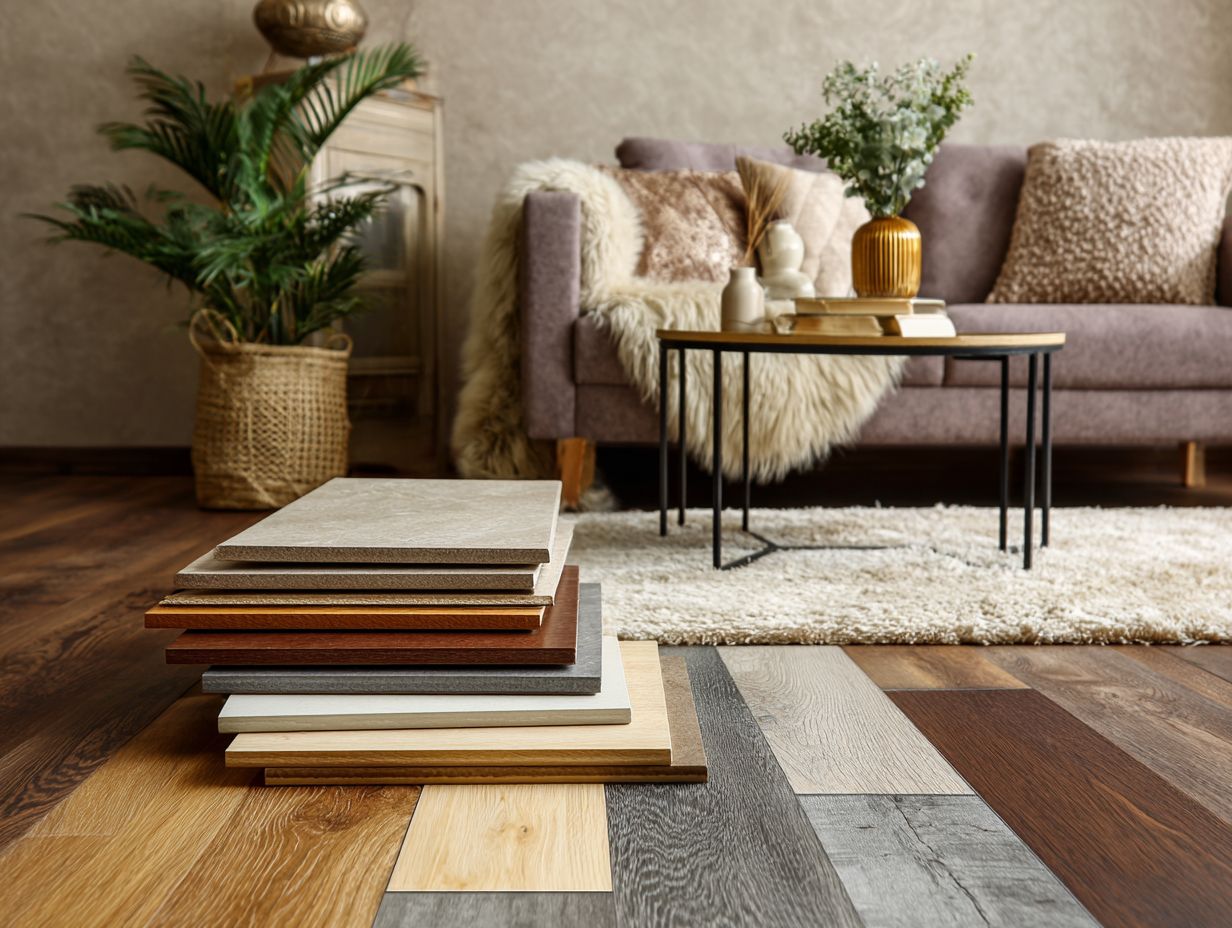
Knowing the texture and style of flooring can improve how different areas look and connect.
- To achieve a cohesive look, consider combining smooth finishes in living areas with more textured options like hardwood or carpet in bedrooms.
- For example, using sleek porcelain tiles in the kitchen provides a modern feel, while a plush area rug can add warmth to a traditional living room.
- Pairing a contemporary laminate with a matte finish can bridge the gap between varying styles, ensuring continuity.
- Notice the transition strips, as they can improve the appearance and create a smooth look between different types of flooring.
Durability and Maintenance
Durability and maintenance needs vary significantly between flooring types, impacting long-term satisfaction and functionality in your home.
To evaluate flooring durability, consider materials like hardwood, laminate, and vinyl.
Hardwood, while aesthetically pleasing, requires regular refinishing and can be susceptible to scratches. Laminate is more resistant to wear and requires less maintenance, simply needing periodic cleaning and occasional buffing. Vinyl, a great budget-friendly option, is highly durable and water-resistant, ideal for high-traffic areas.
To extend their lifespan, implement easy practices such as:
- Using protective pads under furniture,
- Sweeping regularly to remove dirt, and
- Immediately addressing spills,
which can help maintain each type’s appearance and longevity.
Measuring and Assessing Existing Floors
Measuring and evaluating your current flooring is important before choosing matching materials for your new additions.
Understanding Floor Measurements
Knowing how to measure floors correctly can help you avoid expensive errors when choosing flooring.
- Begin by measuring the length and width of each room in feet. Multiply these measurements to calculate square footage.
- For irregular spaces, break them down into rectangles or squares, measuring each one separately and then adding the totals.
- Account for transitions-like doorways or areas where different flooring meets-by measuring these spaces and including their square footage in your total.
- Include about 10% extra material to cover waste, so you have enough flooring to finish your project.
Evaluating Condition of Existing Flooring
Checking your current flooring is important to make sure it works well and lasts long with new materials.
Begin by inspecting for visible damage, such as scratches, cracks, or warping. Use a moisture meter to check for excessive dampness, which can indicate underlying issues.
If you encounter minor scratches, consider buffing or refinishing the surface; deeper damage might require patching or sections being replaced.
For carpet, evaluate staining and wear patterns-clean or replace as necessary.
Note the issues to determine whether repair is feasible or if a full replacement is the wiser decision, guiding you to an informed choice.
Choosing the Right Flooring for Your Addition
Choosing the right flooring for your new room means finding a look you like that also fits your budget and works well in your space.
Budget Considerations
Establishing a clear budget is essential when selecting flooring materials to avoid overspending while still achieving desired aesthetics.
To set a realistic budget, start by researching material costs, which can vary significantly. For example, hardwood flooring typically ranges from $5 to $10 per square foot, while laminate can be as low as $1.50 per square foot.
Next, factor in installation fees, usually about $2 to $6 per square foot depending on the complexity. Remember that there may be ongoing maintenance costs. For example, hardwood floors may need to be refinished periodically, while tile is longer-lasting.
Aim for a budget that includes at least 10% extra for unforeseen expenses to keep your project on track.
Climate and Environment Factors
Climate and environmental factors can heavily influence the suitability of certain flooring types for specific areas of your home.
For instance, in humid areas like bathrooms and kitchens, moisture-resistant options such as vinyl or porcelain tiles are ideal, as they can withstand high humidity and inhibit mold growth.
Conversely, hardwood flooring, while aesthetically appealing, may warp in these environments unless properly sealed.
In drier climates, consider natural stone or bamboo, which are both durable and sustainable.
Always assess the local climate and the specific room conditions, including sunlight exposure, to choose flooring that complements your home’s environment while ensuring longevity.
Installation Considerations
Knowing what to consider when installing can help homeowners decide whether to hire professionals or handle the flooring themselves. For homeowners with split-level homes, understanding the potential continuity challenges can be particularly important (our guide to split-level home flooring explores these considerations in detail).
Professional Installation vs. DIY
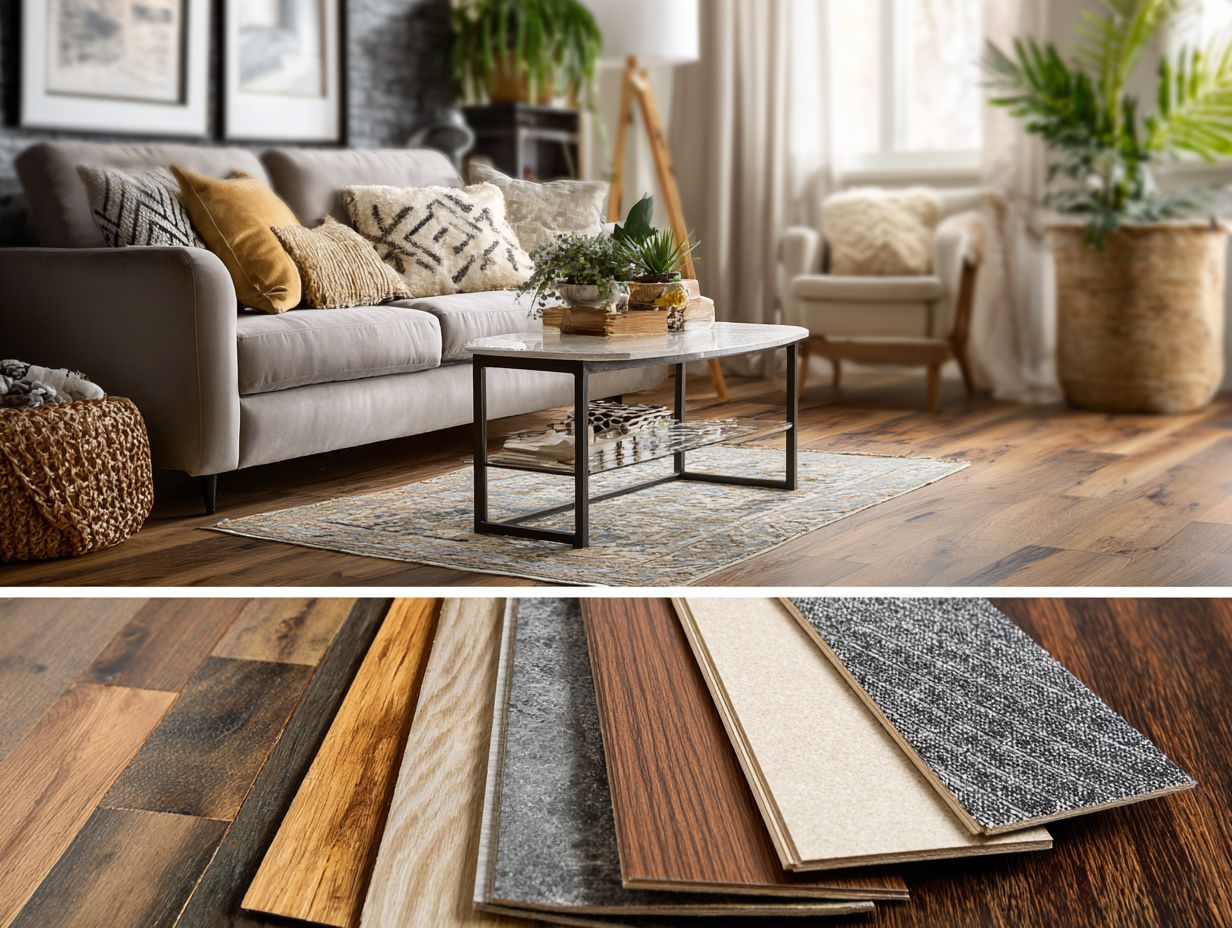
Deciding between professional installation and DIY depends on your skill level, budget, and the complexity of the flooring type chosen.
Having professionals set up your installation gives you many advantages, like advice from someone knowledgeable and a guarantee on the work and parts, which might help you save money over time.
On the other hand, a DIY approach can be cost-effective but requires a significant time investment and the right tools, like a flooring nailer and a saw.
If you choose to do it yourself, begin by viewing guides that match your type of flooring, and make sure to get the subfloor ready correctly. Measure twice and buy 10% extra material to account for mistakes.
Timing and Scheduling
Good timing and planning are important for a smooth flooring installation, especially during busy times for contractors.
To make sure your flooring installation happens on time, schedule it alongside other home improvements like kitchen or bathroom updates to reduce interruptions.
It’s wise to book your flooring contractor at least a few weeks in advance, especially in spring and summer.
Consider flooring materials that require longer acclimation times-like hardwood-when scheduling. For example, if you’re also painting walls, complete that task before you start installing the flooring.
This coordination helps prevent disagreements and keeps your home renovation moving smoothly.
Final Thoughts on Flooring Choices
Choosing the right flooring is important because it shows your personal style and meets your comfort requirements at home.
To make the best decision, consider factors like durability, maintenance, and aesthetics.
For instance, hardwood offers timeless beauty but requires regular upkeep, while luxury vinyl is affordable and water-resistant, suitable for families.
If you’re considering carpet, think about the warmth it brings to a space but note its susceptibility to stains.
Evaluate these aspects against your lifestyle-if you have pets or children, options like laminate or tile might be more practical.
Visiting showrooms with samples can also help visualize your choices in your home’s lighting.
Resources for Further Information
Homeowners looking for more help can find many resources that provide expert advice on flooring choices and home design factors.
Consider exploring websites like Houzz, which provides extensive design inspiration and user-generated content.
The Flooring Network can offer detailed product comparisons and installation tips, helping you make informed decisions.
To learn about current flooring styles, visit the blogs of companies like Shaw Floors and Mohawk Industries. They often share updates on their latest products and designs.
Pinterest can serve as a visual resource for design ideas, allowing you to see how different flooring options complement various home aesthetics.
Frequently Asked Questions
What are some important factors to consider when choosing flooring for additions and extensions?
Some important factors to consider when choosing flooring for additions and extensions include the style and design of the existing flooring, the purpose of the room, the level of foot traffic, and the budget.
Can I use the same flooring in my new addition as the rest of my house?
Yes, you can use the same flooring in your new addition as the rest of your house to create a seamless and cohesive look. Before deciding, check the current flooring for damage or excessive wear to see if it fits the new space.
How do I choose a new flooring that will match my existing flooring?
You can choose a new flooring that will match your existing flooring by selecting a similar color, material, and style. It’s also helpful to consult with a flooring specialist or bring a sample of your existing flooring to compare options in person.
What types of flooring are best for high foot traffic areas in additions and extensions?
Durable flooring options such as hardwood, laminate, and tile are best for high foot traffic areas in additions and extensions. These materials are able to withstand heavy use and can be easily cleaned and maintained.
Can I mix and match different types of flooring in my additions and extensions?
Yes, you can mix and match different types of flooring in your additions and extensions to create a unique and visually appealing space. However, it’s important to think about how the different materials will mix and if they will match each other.
Do I need to consider any special installation requirements for flooring in additions and extensions?
It’s important to consult with a professional flooring installer to determine if any special installation requirements are needed for flooring in additions and extensions. This may vary depending on the type of flooring and the existing subfloor in the space.
